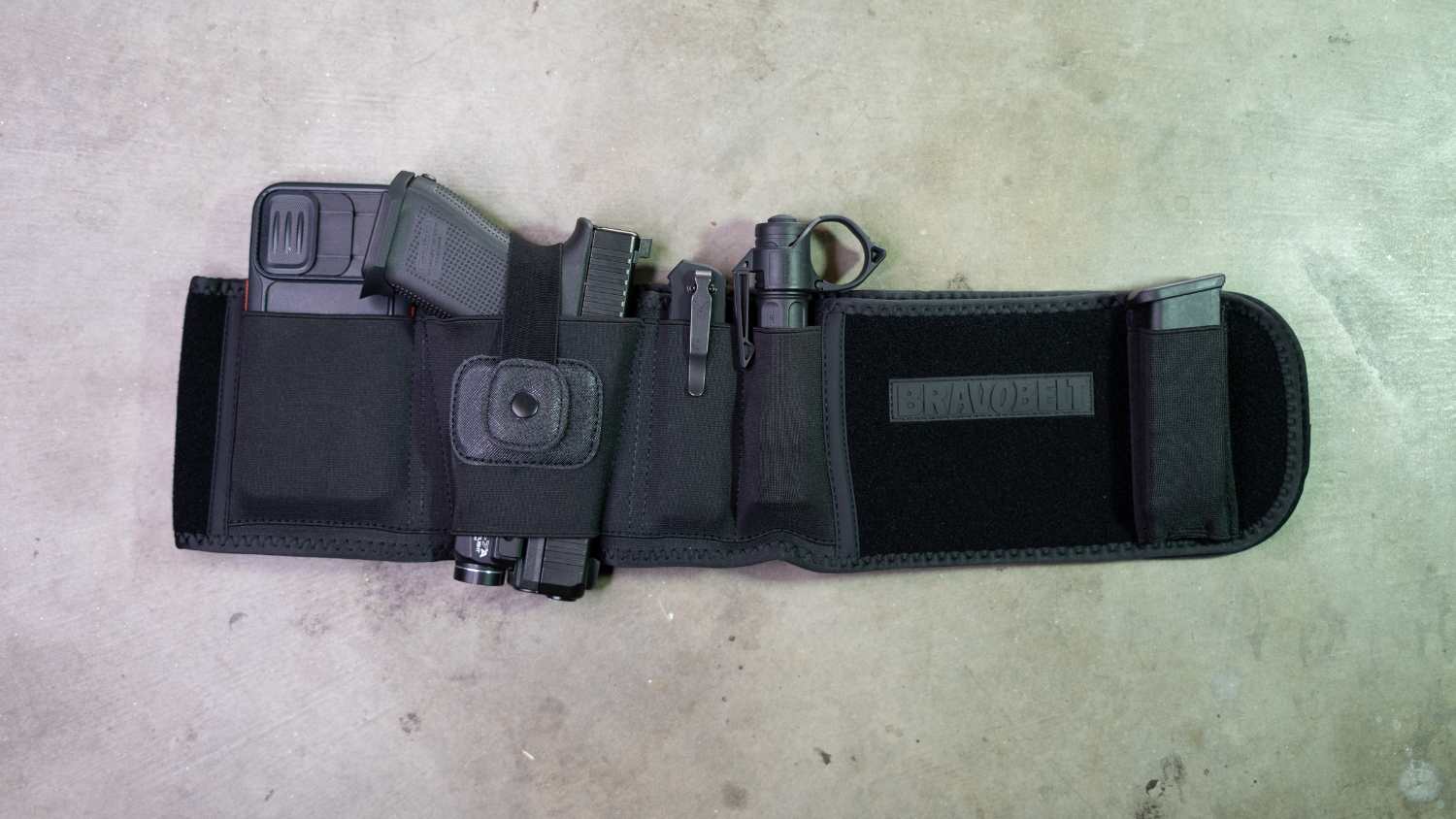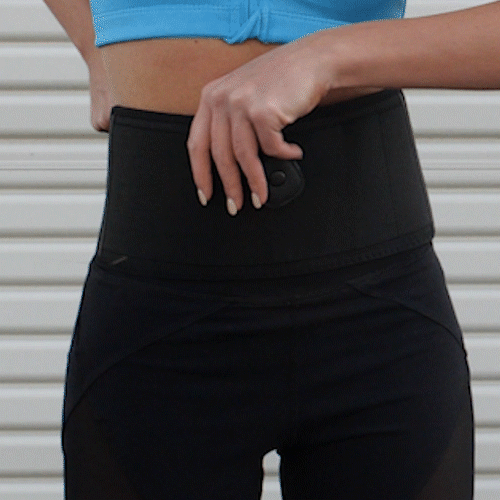
Belly band holsters have gained popularity among firearm carriers due to their comfort, versatility, and ability to be worn with a wide range of clothing. However, being predominantly worn against the skin, they are susceptible to dirt, sweat, and grime. Maintaining proper hygiene of your belly band holster is crucial to ensuring its longevity and the efficient deployment of your firearm.
Understanding the Material
Belly band holsters are typically made from materials such as neoprene or elasticized fabric. Neoprene is lauded for its comfort, flexibility, and durability. However, it is also prone to absorbing sweat, which can lead to odor and bacteria build-up if not properly maintained. Elasticized fabric, while flexible, can lose its elasticity over time. Understanding these characteristics is crucial in effectively cleaning and maintaining your holster.
Cleaning Your Belly Band Holster: A Step-by-Step Guide
Step 1: Safety First
Before cleaning, remove your firearm and ensure that it is unloaded. Store it in a safe place during the cleaning process.
Step 2: Preliminary Dusting
Start by using a dry cloth or a soft brush to dust off any loose dirt or debris from your holster. This helps in getting rid of the superficial dirt that might have settled on it.
Step 3: Washing the Holster
As belly band holsters are generally made from neoprene or elasticized fabric, they can be cleaned with mild soap and water.
- Create a mix of warm water and mild detergent.
- Immerse a cloth in the solution and wring it out so it's damp but not dripping.
- Gently scrub the holster with the cloth. Pay attention to areas that are typically in contact with the skin, as they are more likely to harbor sweat and bacteria.
- Use a toothbrush for scrubbing crevices or stitched areas that may be difficult to clean with a cloth.
Step 4: Rinsing
After washing, rinse the holster with a clean cloth dampened in plain water. Make sure to remove all soap residues as they can cause irritation when the holster is worn against the skin.
Step 5: Drying
Let your holster air dry in a cool and well-ventilated place. Avoid exposing it to direct sunlight or using a heat source for drying, as these can cause the material to lose its elasticity or become brittle.
Periodic Maintenance and Inspection of Your Belly Band Holster

Maintaining the functionality and hygiene of your belly band holster necessitates an ongoing commitment. This is not a one-time effort but a routine that you must integrate into your schedule.
Regular Inspections
Your belly band holster, like any gear that experiences daily use, needs regular inspections. The elastic or neoprene fabric in belly band holsters might undergo stress, and the stitching might become loose over time. Set a regular schedule, such as weekly or biweekly, to inspect your belly band holster.
When inspecting, meticulously examine the holster's fabric, stitching, and elasticity. The area where the firearm is inserted should be given special attention. Since belly band holsters are designed to be snug and provide minimal movement, it’s vital to ensure that no portions have become too loose or too tight.
Also, observe the holster for any fraying, especially at the edges. This could be a sign that the material is wearing out.
Repair and Reinforcement
If any issues surface during the inspection of your belly band holster, it’s time to assess the severity and decide on the appropriate action.
- For loose threads, a simple sewing kit can be employed to stitch them back securely.
- In case the elastic is showing signs of wear or is not as snug as it used to be, consider reinforcing it by sewing in an additional elastic band for added support.
- If the material has small tears, fabric patches can be used to repair them. Ensure that the patches are of a similar material and sewn in tightly.
Remember, the goal of repair and reinforcement is to prolong the lifespan of your belly band holster without compromising its functionality and your safety. If the damage is beyond repair, it might be prudent to invest in a new belly band holster.
The Lifeline of Your Belly Band Holster
The belly band holster is not just a piece of fabric; it’s an integral part of your daily gear that ensures your safety and accessibility to your firearm. Proper maintenance of your belly band holster is a non-negotiable aspect that dictates its longevity, effectiveness, and, ultimately, your satisfaction.
With regular cleaning, thorough inspections, and timely repairs, your belly band holster will remain a reliable partner in your daily endeavors. It’s an investment in peace of mind, knowing that when the need arises, your gear is in peak condition.
Moreover, this maintenance routine creates a sense of responsibility and discipline, which are essential traits for anyone carrying a firearm. Your belly band holster deserves this attention and care. By following the steps outlined in this guide, you can ensure that your belly band holster remains in impeccable condition, serving you reliably and comfortably for years to come.
BE READY FOR ANY SITUATION WITH THE RIGHT STRATEGIES — AND THE PERFECT HOLSTER
Various holster styles and placements can enable complete concealment of your firearm while you navigate public spaces. Experiment with different techniques and prioritize investing in holsters that offer comfort along with the crucial easy accessibility.
At BravoBelt, we pride ourselves on delivering highly comfortable concealed carry holsters with comprehensive trigger guard support.




Bill Sahli
July 21, 2025
I love the Bravobelt – it is comfortable and unless I am working out in the hot Florida sun, it stays cool and well supported. It is the best belt I have purchased for sure. Great company, great belt, great experience.